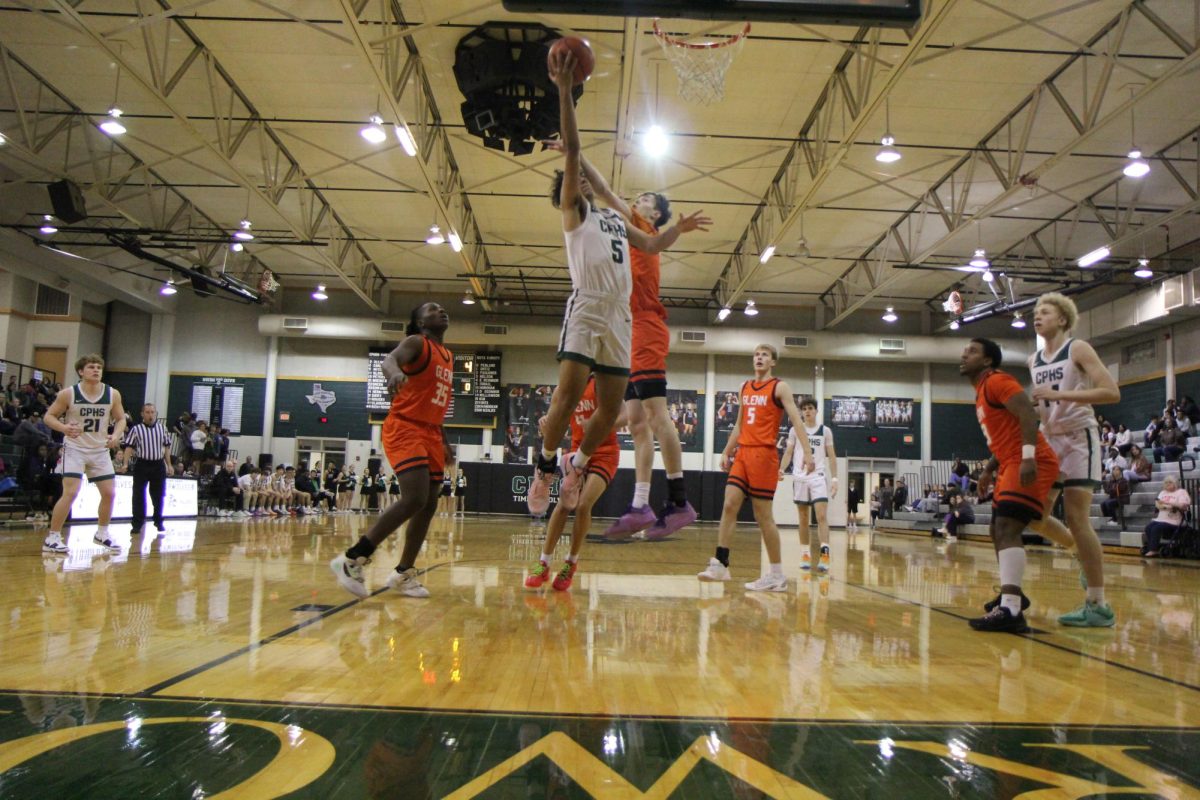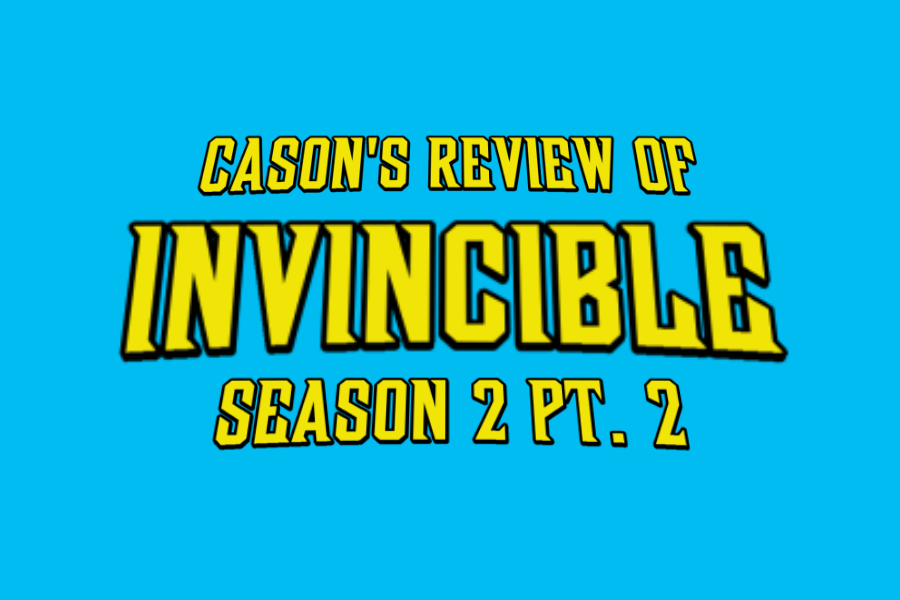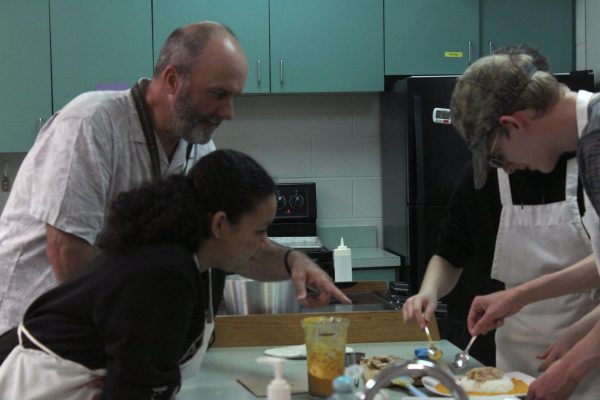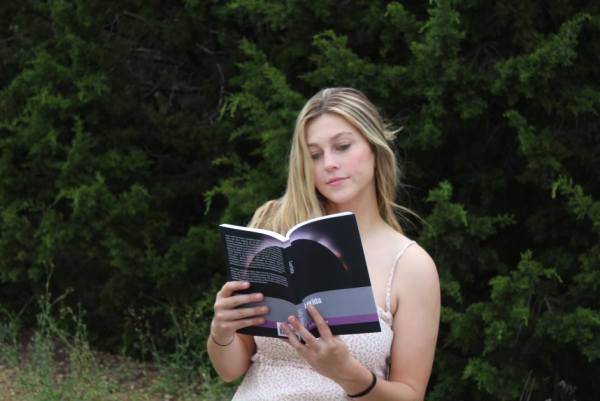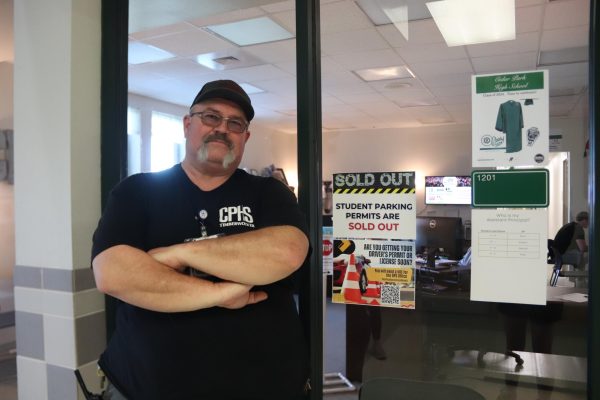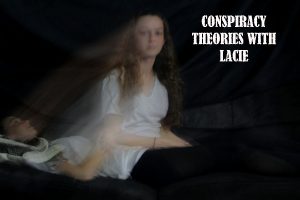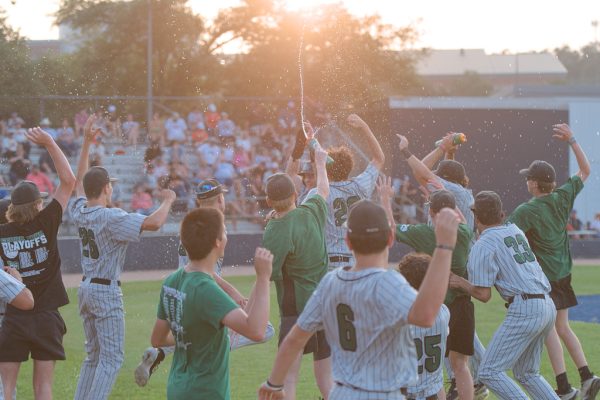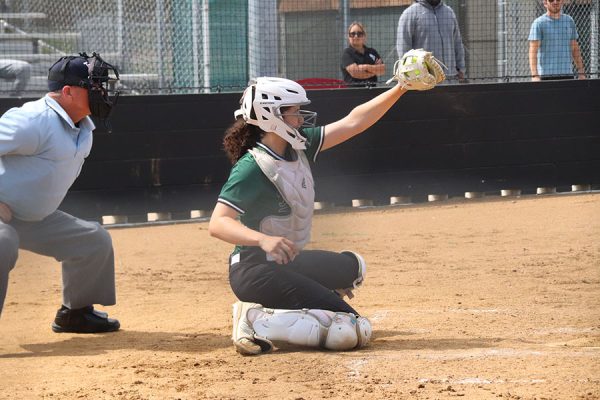Inside the luminescent nebulae of deep space, molecular clouds bunch together more and more until they become so dense that a gravity well is born, and the mass of dust and elements collapses into a newborn star. This is the beginning of one of the greatest dynamos in the cosmos, a ball of plasma and light that pumps out phenomenal amounts of energy over the course of billions of years. Scientists at Lawrence Livermore National Laboratory (LLNL) — a government operated lab in California — have been attempting to recreate this process of controlled inertial confinement fusion, effectively creating a star in hopes of solving the world’s energy crises, since June 2009. In Livermore, California, home of LLNL and its National Ignition Facility, tests are ongoing.
The idea of creating a star here on Earth obviously raises a few eyebrows, and undoubtedly conjures up images of Star Trek reruns, but the science of this ambitious endeavor are quite real. So what’s the fact behind this seemingly fictional experiment?
Using the National Ignition Facility (NIF) — one of the world’s largest lasers, essentially a factory of channels and complex mirrors for directing concentrated beams of light — 192 separate laser beams, which initially total up to one mega-joule of energy, are thrown through the channels and tubes, amplifying more and more as they travel. After approximately a mile, all 192 beams of light converge on one single nuclear pile, a pile no bigger than a droplet of water. This nuclear pile is a heterozygous mix of deuterium and tritium — two hydrogen isotopes that can, conveniently, be found in seawater — encased in a small, gold capsule for safe containment. When all 192 beams from the facility converge on the gold-encased capsule of nuclear material, the nuclei of the contained tritium and deuterium are fused together with tremendous heat and pressure, heating the material to 100 million degrees Celsius and collapsing it under 100 million times the pressure of the Earth’s atmosphere.
Naturally, with this sort of seemingly chaotic and mindless atomic fusion, people begin to fear that those “nut-case” scientists are going to destroy our Earth through some miscalculation or cliché world domination plot — comparable to the fear that was conjured up by CERN’s Large Hadron Collider, which some supposed would create a micro-singularity significant enough to suck in the entire planet. However, just like the fear surrounding CERN’s LHC, fear of this project is unprecedented. Though this project may sound like an exhibition of awesome power, the truth of the matter is that the results of Livermore Lab’s “Titan Laser” experiments can be greatly exaggerated. In actuality, the “star” will be unfathomably small — about five microns, which is smaller than even the width of a strand of hair — and it will only last for 200 trillionths of a second if it’s produced at all. Livermore may be cooking up stars, but it is highly unlikely that these stars will be cooking up us.
In early 2010 the experiments at Livermore Lab’s NIF began to catch the public’s eye (and fear). The goal was to reach a successful ignition by summertime that year — however, this was not to be. In fact, the first successful ignition LLNL reported wasn’t until October of that year. Currently, LLNL plans to finish all research by 2012.
Although there have been many setbacks, like the NIF ending its construction five years behind schedule, or delaying ignition through summer 2010, workers at Lawrence Livermore National Laboratory, and advocates of this “starry-eyed” project that come from outside the government facility, are highly confident that the creation of a star is not only capable, but is the solution to all the world’s energy problems, creating a virtually limitless power source. LLNL may not exactly be ahead of schedule, but it seems that science is beginning to quickly outrun science fiction.


![On March 20, the theatre program performed their UIL One Act play Frankenstein. “I could barely believe what I heard after [it was] announced that we were advancing,” freshman Zack Williams said. “It was crazy. Being one of the only freshmen in the show and also [being] a lead definitely put pressure on my shoulders. I knew that the only thing I could do was my best, but that was until I started to think what if my best was not enough? I was feeling like I could never amount to being what [everyone else] thought I was. Although, after hearing that announcement, I realized that maybe I have something going for me after all.”
Photo courtesy of Cayden Bartolo](https://cphswolfpack.com/wp-content/uploads/2024/04/Capture.png)


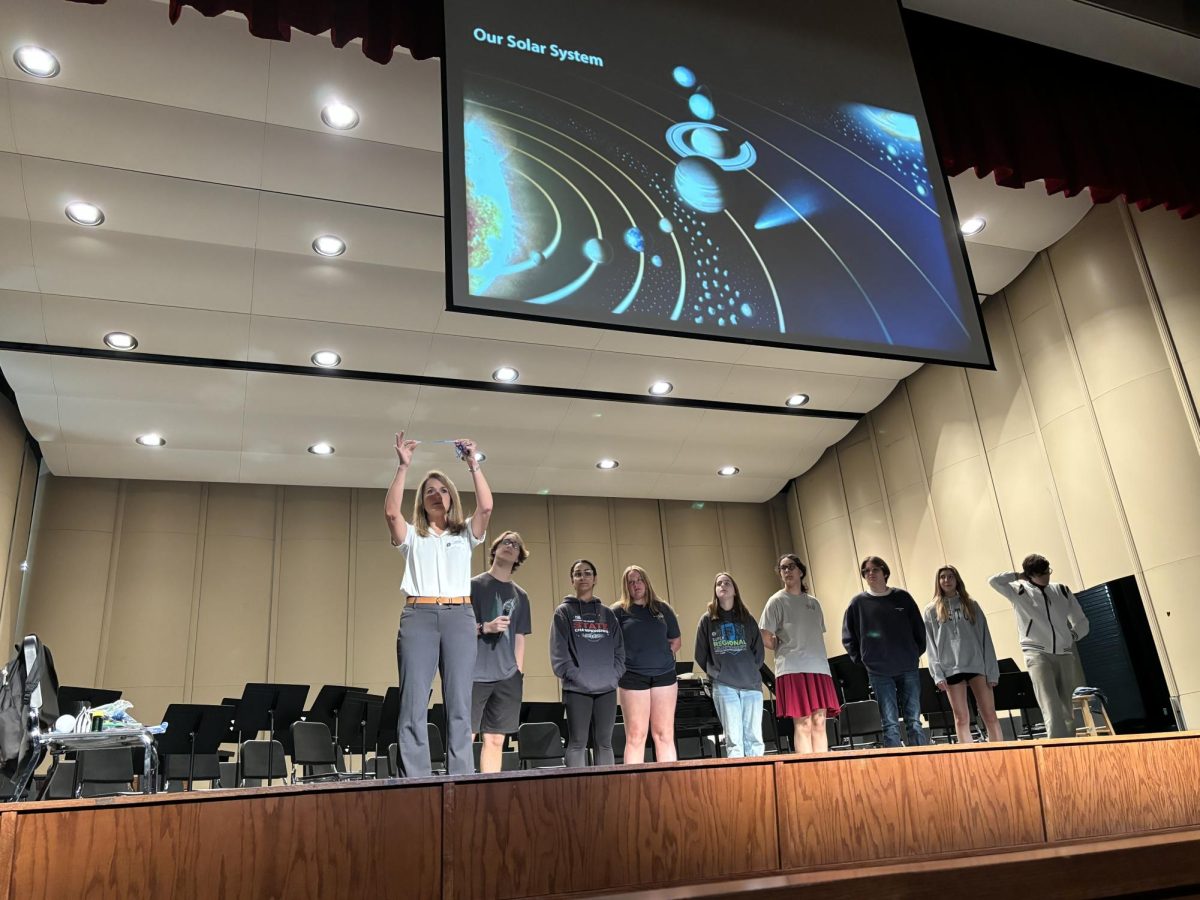


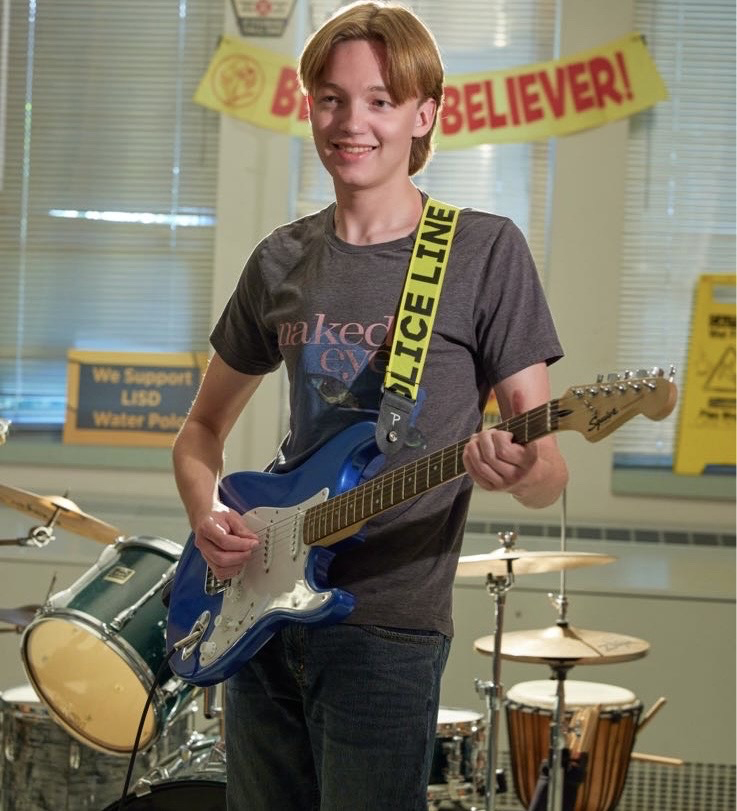
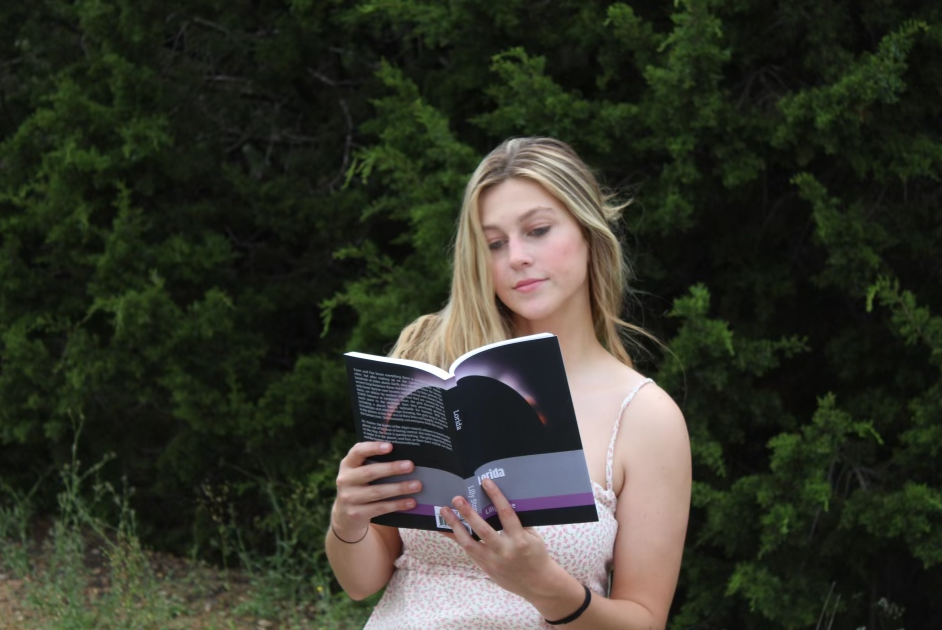

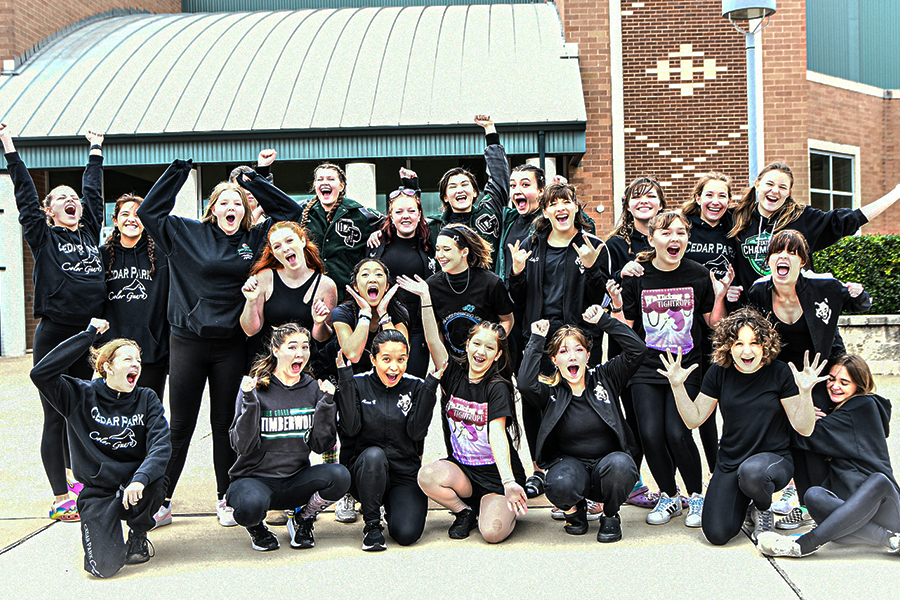
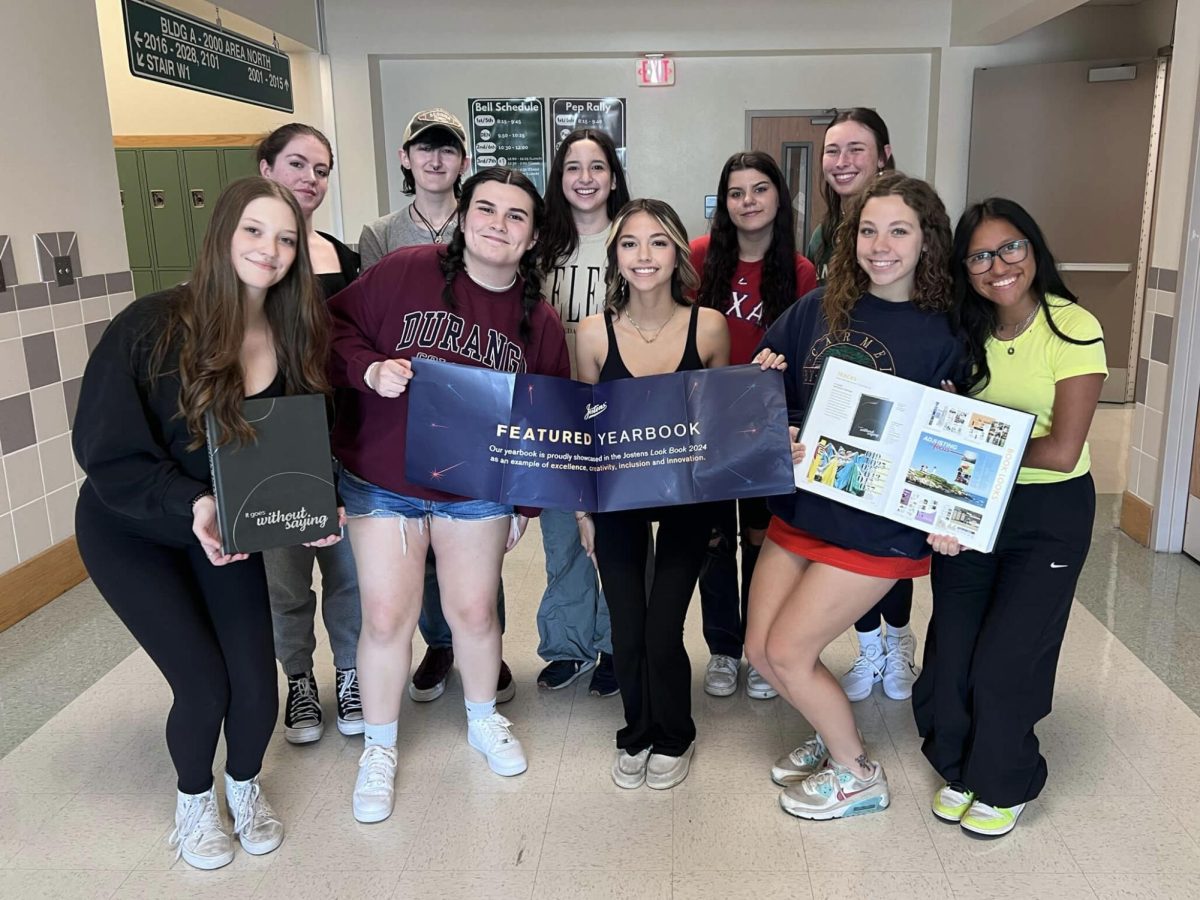


![Parking Lot Attendant Alan Gallagher poses next to his sign notifying that students can no longer purchase parking passes. Students without passes will not be able to park in the school parking lot, and if they do, AP’s will be notified. ““[When I catch people skipping] I notify the students AP and from there Im not sure what happens,” Gallagher said. “[I can also stop people for] speeding through the parking lot [since] the speed limit is 10 mph on campus.”](https://cphswolfpack.com/wp-content/uploads/2024/05/Heidi-1-1200x800.jpg)


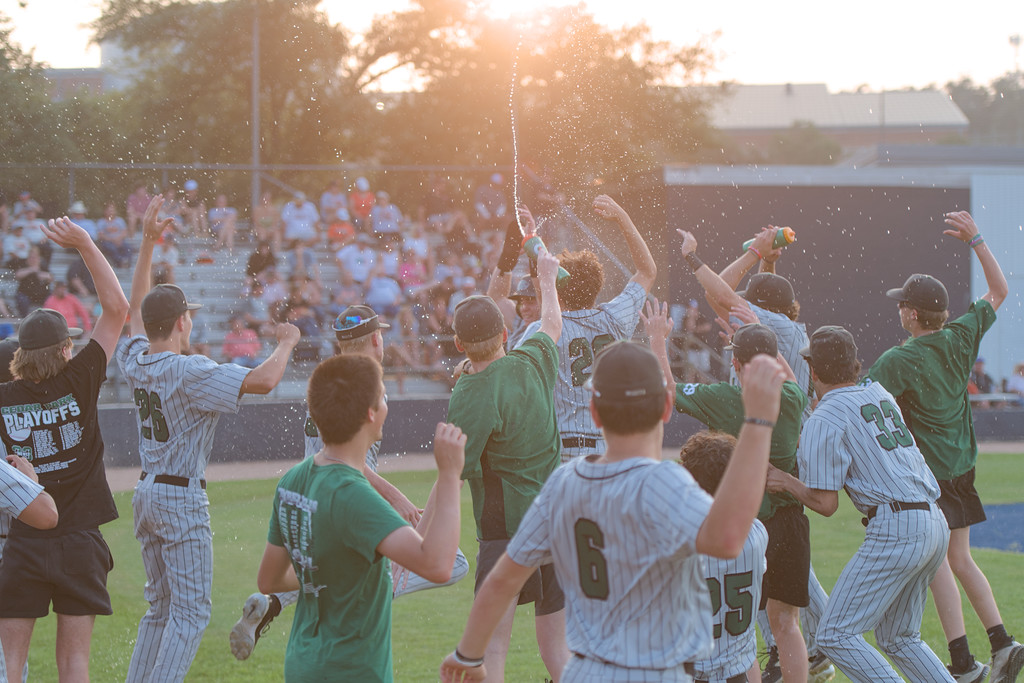
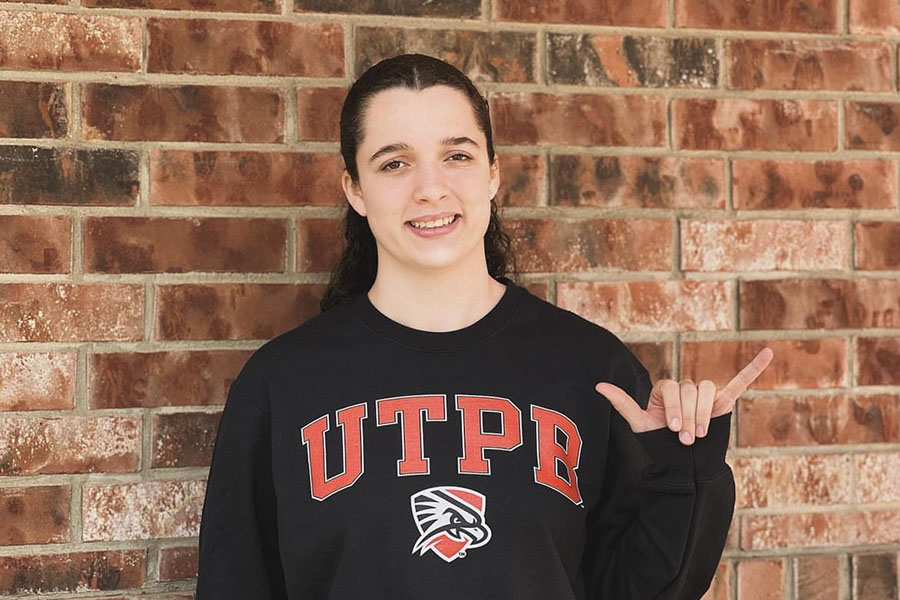
![Catching a ball, junior Alivia Robinson plays at the Cedar Park vs Glenn game. Having played since she was 5 years old, she is dedicated to softball and has committed to UTPB for softball. “When I got my offer it took me a very long time to decide where,” Robinson said. “Softball has always been my dream for college, and UTPB is my fit. When [I committed] I knew I was going to be loved and supported.”](https://cphswolfpack.com/wp-content/uploads/2024/04/Lilly-Adams-3.13aliviaedit-901.jpg)
